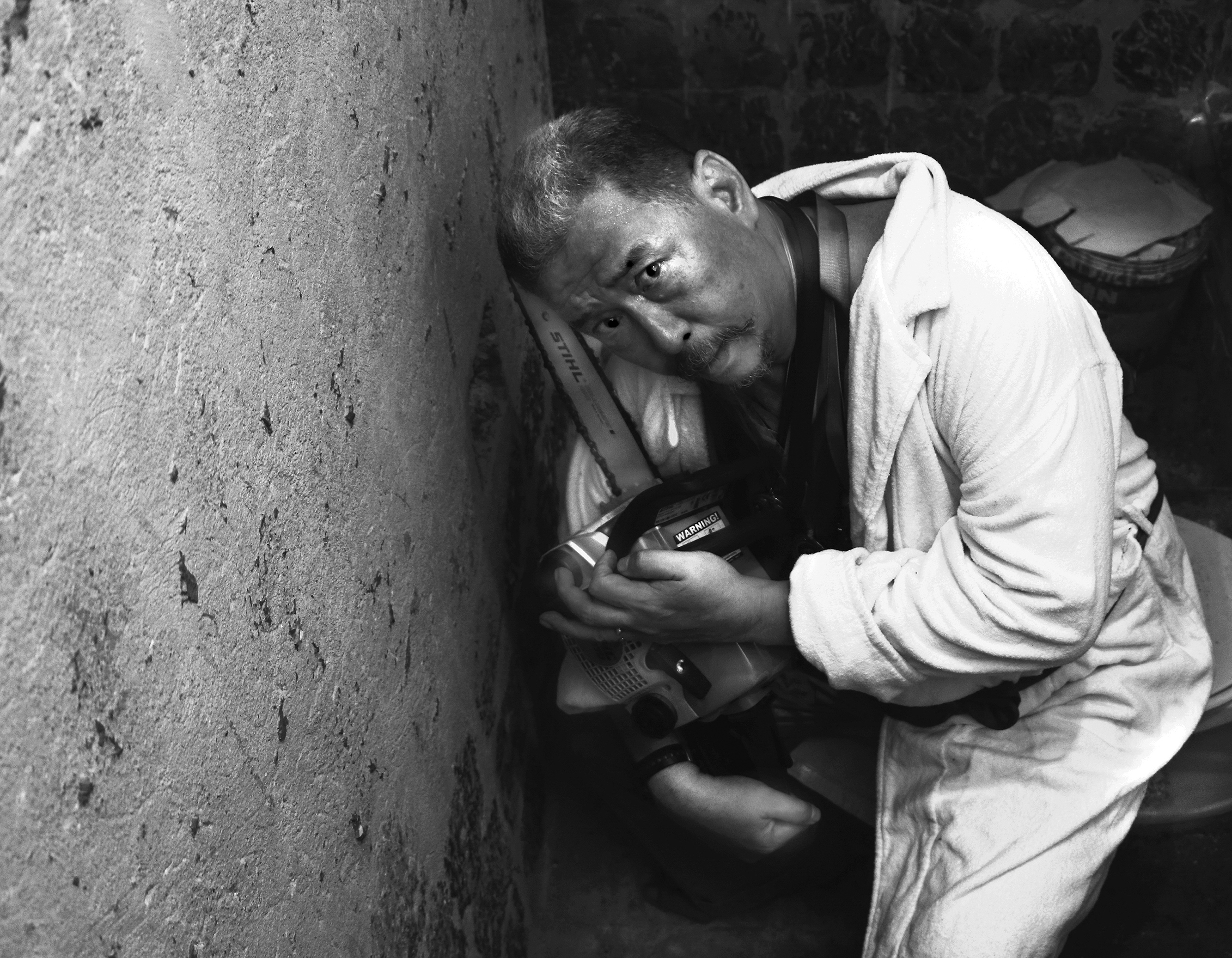Jose Tence Ruiz: Fear of the Setting Sun
By Portia Placino

Portrait of JOSE TENCE RUIZ at home, 2021. Photo by Amihan Ceres Ruiz. Courtesy the artist.
Over the course of five decades Filipino artist Jose “Bogie” Tence Ruiz has advocated for social realism across paintings, illustrations, graphic design, and curatorial work, embracing the label with what he calls “the broadest definition.” Emerging onto the scene during the dictatorship of former president Ferdinand Marcos, Ruiz worked through (and sometimes with) the volatile sociopolitical shifts of his nation, and like so many of his compatriots he lived part of the time abroad, mostly in Singapore, where he struggled to support his family after the revolution brought an end to Marcos’ regime. During a long and storied career Ruiz has created thousands of works, one of the most important of which is Litanya 1972–2022, a book he self-published during the Covid-19 pandemic. Ruiz is widely recognized as a founding member of Kaisahan, an artists’ group formed in 1976 concerned with national identity and the purpose and intention of art. As their manifesto states, they sought to “develop an art that reflects the true conditions in our society. This means, first of all, that we must break away from the Western-oriented culture that tends to maintain the Filipino people’s dependence on foreign goods, foreign tastes, and foreign ways that are incompatible with their genuine national interests.” Emerging four years after the declaration of martial law, and in the midst of authoritarian rule, Kaisahan was a risky endeavor; the sociopolitical critique pitted the artists against the government’s need for control and censorship, exacerbated by its decision to publicly fund the country’s art institutions.
.jpg)







